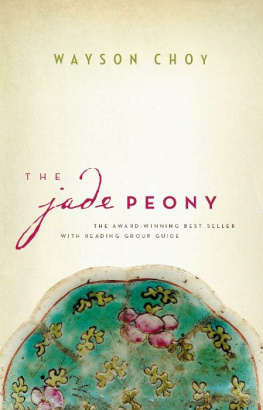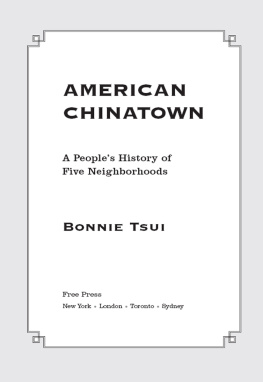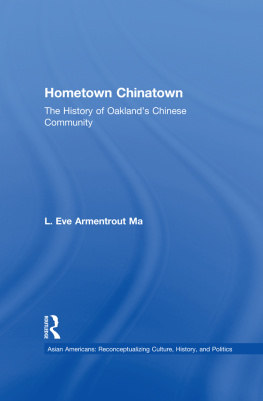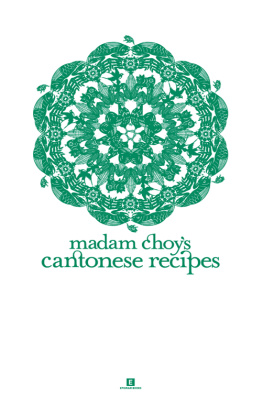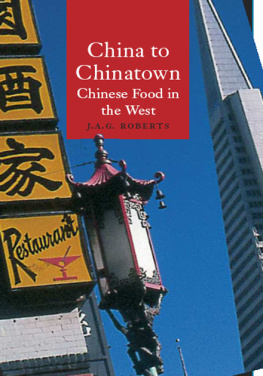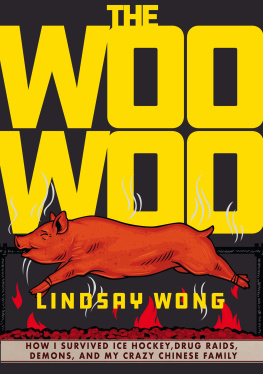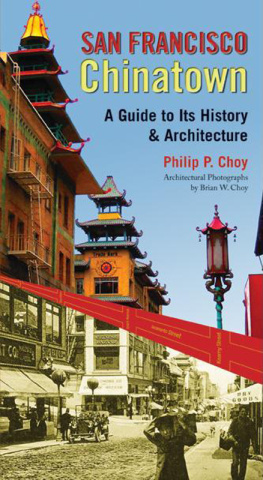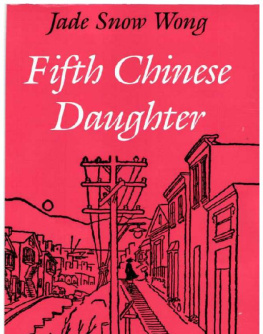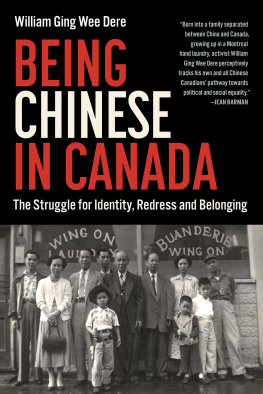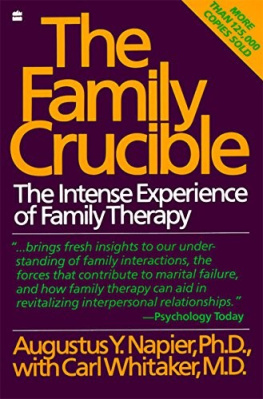PRAISE FOR THE JADE PEONY:
An exquisite novel... the craftsmanship is glorious.
GLOBE AND MAIL
In China, [Choy] tells us, a figure called the dark storyteller reveals hidden things not seen in the glare of daylight. Working in a new country and a new context, Wayson Choy has deftly continued that tradition... a fine debut novel.
NEW YORK TIMES
One of the finest works of fiction yet to break the silence that surrounds so many... immigrant communities.
MACLEANS
A book that is richly peopled with eccentric and complex characters... calls to mind David Gutersons Snow Falling on Cedars, with the conflicts of loyalty and love and the poisoned ethnic hatred.
ST. LOUIS POST DISPATCH
A true and touching insight into a largely unrecorded wartime world. Its human and moving without being sentimental.... A genuine contribution to history as well as to fiction.
MARGARET DRABBLE
The Jade Peony is a sweet and funny novel and accomplishes so much of what we expect in good fiction. Certainly, the novel delights us with beautifully written prose, but it does more than that, too. It renders a complex and complete human world, which, by the end of 200-odd pages, we have learned to love.
BOSTON BOOK REVIEW
Insightful, wise and touching.
CHRISTIAN SCIENCE MONITOR
Copyright 1995 by Wayson Choy
First Digital Edition 2009
09 10 11 12 13 5 4 3 2 1
All rights reserved. No part of this book may be reproduced, stored in a retrieval system or transmitted, in any form or by any means, without the prior written consent of the publisher or a licence from The Canadian Copyright Licensing Agency (Access Copyright). For a copyright licence, visit www.accesscopyright.ca or call toll free to 1-800-893-5777.
Douglas & Mclntyre
An imprint of D&M Publishers Inc.
2323 Quebec Street, Suite 201
Vancouver, British Columbia
Canada V5T 4S7
www.douglas-mcintyre.com
Library and Archives Canada Cataloguing in Publication
Choy, Wayson, 1939
The Jade Peony
ISBN 978-1-55054-468-8 (Print edition)
ISBN 978-1-926706-76-4 (Digital edition)
I. Title.
ps8555.h69J3 1995 c813.54 C95-910538-7
pr9199.3.C56j3 1995
Editing by Saeko Usukawa
Cover and text design by Jessica Sullivan
Printed and bound in Canada by Friesens
We gratefully acknowledge the financial support of the Canada Council for the Arts, the British Columbia Arts Council, and the Government of Canada through the Book Publishing Industry Development Program (BPIDP) for our publishing activities.
To my aunts, Freda and Mary,
and in memory of Toy and Lilly Choy.
Authors Note
F OUR VOLUMES CONTAINED the key information that helped to ground my early memories of Vancouvers Chinatown, for which I extend grateful acknowledgement: Paul Yees Saltwater City; Ken Adachis The Enemy That Never Was; the collected oral histories found in Opening Doors, Vancouvers East End by Daphne Marlatt and Carole Itter; and Kay J. Andersons Vancouvers Chinatown.
This book is a work of fiction. Therefore, any references to actual historical events and locales, and any references or resemblances to persons, mythic, living or dead, are used for the purposes of fiction and are entirely coincidental. I am also responsible for any rendering of Chinese phrases and complex kinship terms into English equivalents, and for the adoption of the different sets of rules for the spelling of Chinese words.
I thank the UBC Chronicle, the Toronto Star and the Malahat Review, in which portions of this book, in slightly different versions, first appeared.
Thng Yhn Gaai was what
we once called
where we lived: China-People
Street. Later, we mimicked
Demon talk
and wrote down only
Wh FauhChina-Town.
The difference
is obvious: the people
disappeared.
Wing Tek Lum, Translations

one
T HE OLD MAN FIRST VISITED our house when I was five, in 1933. At that time, I had only two brothers to worry about. Kiam and Jung were then ten and seven years old. Sekky was not yet born, though he was on his way. Grandmother, or Poh-Poh, was going regularly to our family Tong Association Temple on Pender Street to pray for a boy.
Decades later, our neighbour Mrs. Lim said that I kept insisting on another girl to balance things, but Stepmother told me that these things were in the hands of the gods.
Stepmother was a young woman when she came to Canada, barely twenty and a dozen years younger than Father. She came with no education, with a village dialect as poor as she was. Girls were often left to fend for themselves in the streets, so she was lucky to have any family interested in her fate. Though my face was round like Fathers, I had her eyes and delicate mouth, her high forehead but not her high cheekbones.
This slim woman, with her fine features and genteel posture, was a seven-year-old girl in war-torn China when bandits killed most of her family. Found hiding between two trunks of clothes, she was taken to a Mission House, then taken away again, reclaimed by the village clan, and eventually sold into Fathers Canton merchant family. For years they fed her, taught her house duties, and finally put her on a steamship to Canada. She was brought over to help take care of Poh-Poh and to keep Father appropriate wifely company; but soon the young woman became more a wife than a concubine to Father, more a stepdaughter than a house servant to Grandmother. And a few years later, I, Jook-Liang, was born to them. Now, in our rented house, she was big with another child.
Poh-Poh, being one of the few elder women left in Vancouver, took pleasure in her status and became the arbitrator of the old ways. Poh-Poh insisted we simplify our kinship terms in Canada, so my mother became Stepmother. That is what the two boys always called her, for Kiam was the First Son of Fathers First Wife who had died mysteriously in China; and Jung, the Second Son, had been adopted into our family. What the sons called my mother, my mother became. The name Stepmother kept things simple, orderly, as Poh-Poh had determined. Father did not protest. Nor did the slim, pretty woman that was my mother seem to protest, though she must have cast a glance at the Old One and decided to bide her time. That was the order of things in China.
What will be, will be, all the lao wah-kiu, the Chinatown old-timers, used to say to each other. In Gold Mountain, simple is best.
There were, besides, false immigration stories to hide, secrets to be kept.
Stepmother was sitting on a kitchen chair and helping me to dress my Raggedy Ann; I touched her protruding tummy, I wanted the new baby all to myself. The two boys were waving toy swords around, swinging them in turn at three cutout hardboard nodding heads set up on the kitchen table. Whack! The game was to send the flat heads flying into the air to fall on a roll-out floor map of China. Whack! The game was Hong-Kong made and called ENEMIES OF FREE CHINA.
One enemy head swooped up and clacked onto the linoleum floor, missing its target by three feet. Jung started to swear when Father looked up from his brush-writing in the other room. He could see everything we were doing in the kitchen. Poh-Poh sat on the other side of the table, enjoying Kiam and Jungs new game. Bags of groceries sat on the kitchen counter ready for supper preparations.
I need a girl-baby to be my slave, I insisted, remembering Poh-Pohs stories of the time she herself once had a girl-helper in the dank, steamy kitchen of the cruel, rich Chin family in Old China. The Chins were refugees from Manchuria after the Japanese seized the territory. Not knowing any better, Poh-Poh treated the younger girl, her kitchen assistant, as unkindly as she herself had been treated; the women of the rich Chin family who owned Poh-Poh were used to wielding the whip and bamboo rods as freely on their fourteen servants as on the oxen and pigs.

